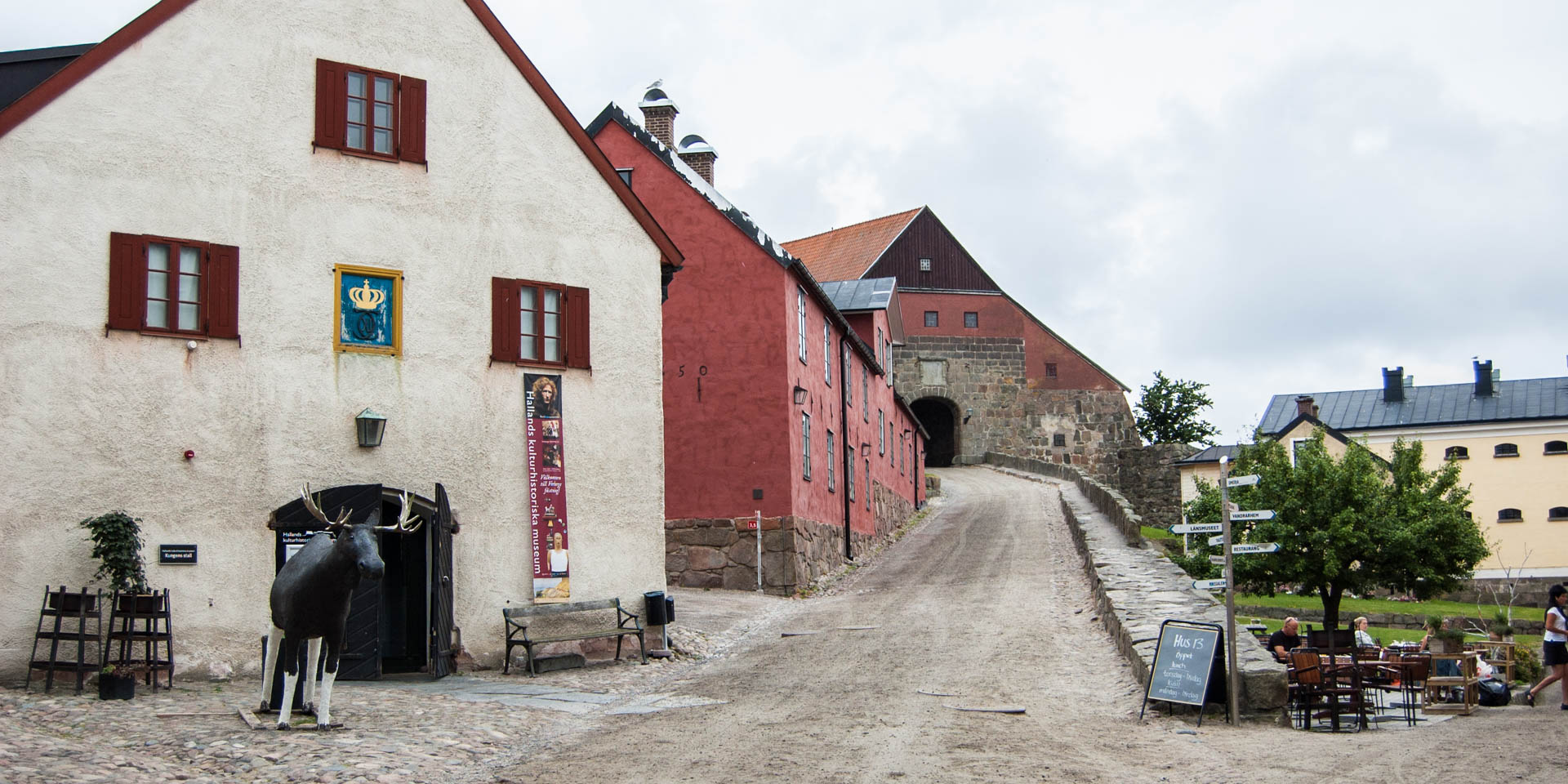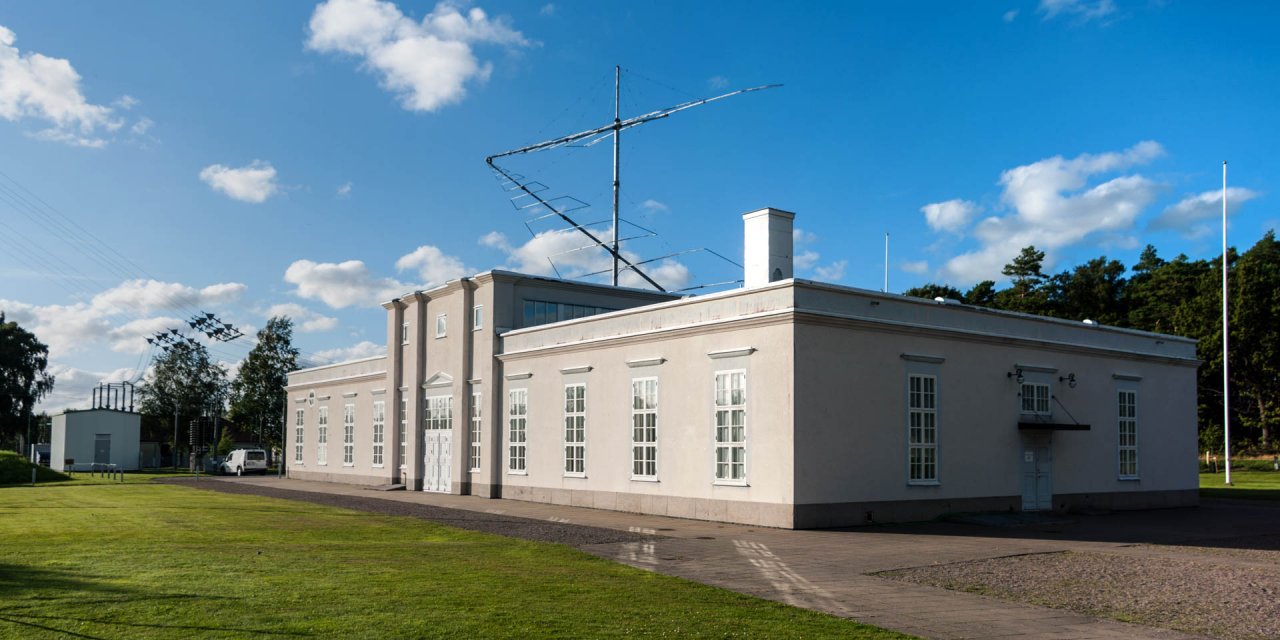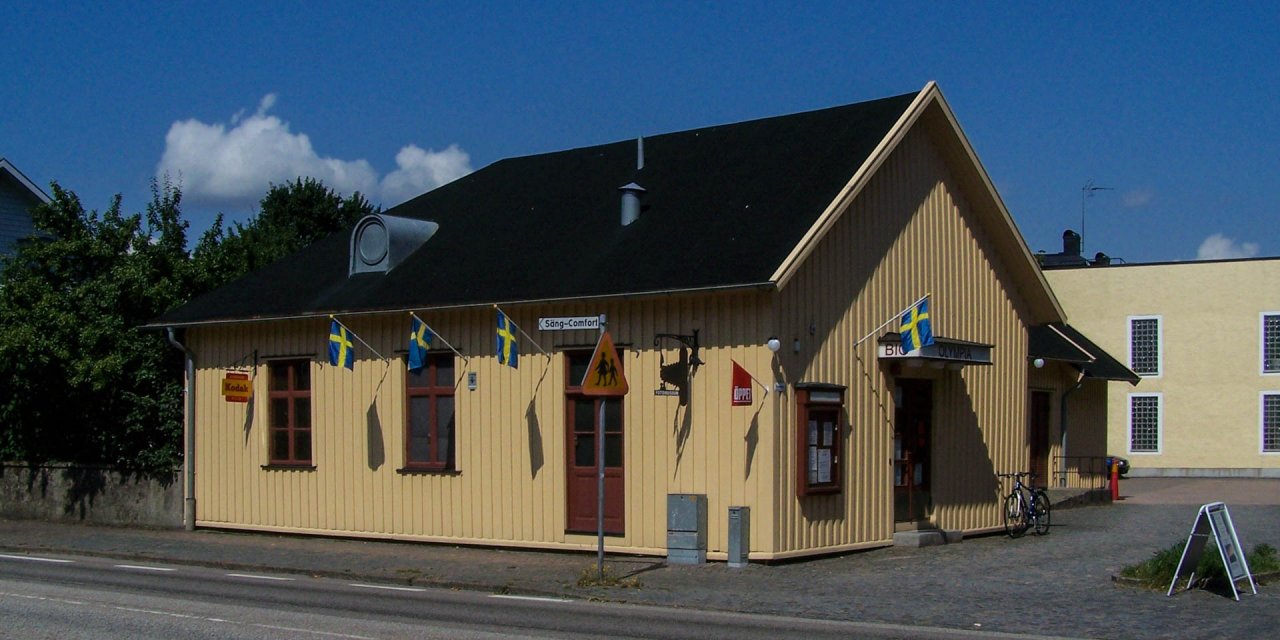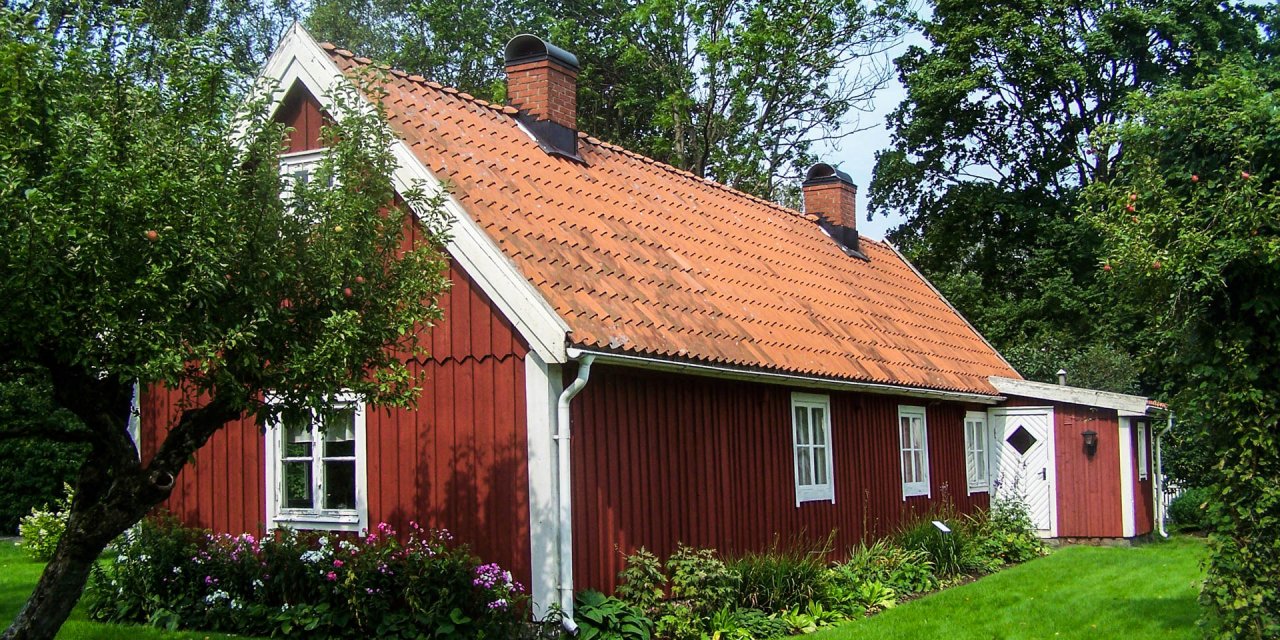

Hallands Kulturhistoriska Museum
State museum in Varberg
Hallands Kulturhistoriska Museum is the state museum for the province of Halland and is located in one of the most historic places in the province, on the mighty Varberg Fortress, on the edge of the city centre of Varberg.
The cultural history museum of Halland was founded in 1916 and is located in the west wing of the large fortress. The museum presents the historical developments and special features of the province of Halland in three permanent exhibitions within the ancient walls of the fortress.
Most space is taken by the exhibition Halland genom tiderna, which tells the eventful history of Halland over the centuries. The exhibition with its many exciting exhibits is supported by films, slide shows and audio clips and takes visitors on a journey through the region from the Stone Age to the modern age.
A part of the exhibition is dedicated to the 700-year history of the fortress and the closely connected town of Varberg. Although not directly from the region, the so-called Kulknappen (Kugelknopf) is the most famous and most bizarre piece in the exhibition. It is a uniform button that has been transformed into a rifle bullet with which, according to the legend, King Charles XII was killed in the battle of Fredriksten in 1718.
The legend is based on the popular belief of the time that the king was under divine protection and could only be killed with an object from his possession. According to this belief, a soldier in battle is said to have taken the bullet that had previously pierced the king's head and recognised it as a converted metal button of a royal parade uniform. After some time he dumped the bullet in a gravel pit, fearing it was cursed. It was found there in 1924 and came into the possession of the museum in 1932. Whether this is really the bullet that killed Charles XII has not yet been proven beyond doubt by DNA analysis.
The bog body Bockstensmannen
The second and most famous permanent exhibition in Hallands Kulturhistoriska Museum is dedicated to the Bockstensmannen, Scandinavia's most famous bog body. While the commonly found bog corpses date from pre-Christian times and breathed their last as a sacrifice to some deity, the Bockstensmannen lived in the 14th century and is demonstrably a historical murder victim.
The fact that the victim's skull was smashed sometime between 1350 and 1370 and his body was then thrown into a lake that later became a raised bog is not yet unusual. The case is made more interesting by the fact that this is the only known bog body in the world that was impaled. An oak pole had been driven through the chest of the man into the bottom of the lake to hold him there – a similar "precautionary measure" as walling in or weighting murder victims with large stones to prevent them from haunting their murderers as so-called revenants.
The real archaeological sensation, however, is the clothing of the Bockstensmannen, which was preserved through the bog, as well as the shoulder-length curls of the corpse. It is in fact the only completely preserved full set of men's clothing from the Middle Ages that exists in Europe. In order to show what the murder victim looked like before his violent death, the exhibition features a life-size doll wearing exact copies of the original clothing and the face of the victim reconstructed from the skull of the deceased using the latest computer-aided methods.
More exhibitions in Hallands Kulturhistoriska Museum
The museum's third permanent exhibition presents the history and works of the artists' colony Varbergsskolan (Varberg School). The colony consisted of the three painters Richard Bergh, Nils Kreuger and Karl Nordström, who lived with their families in Varberg from 1893 to 1896. During this period, in the spirit of national romanticism, they developed a special atmospheric style of landscape painting, which is one of the most important of its kind during this era and whose works are exhibited in many museums in Sweden.
The permanent exhibitions are supplemented by exhibitions on various cultural and cultural-historical topics from the region and from all parts of the world, which change several times a year. At the same time, the museum organises various guided tours of the exhibitions and the fortress, as well as special activities for children during the holiday season.
In the entrance area of the museum there is a café in a historical ambience, where you can enjoy the view of the Kattegat with coffee, cake or small warm dishes. The adjacent museum shop offers historical souvenirs, books, handicrafts and toys that are appropriate to the context of the museum and the fortress.
With the exception of the Imperial Hall, which is used for individual temporary exhibitions and lectures, the museum is accessible for wheelchairs. The entrance hall can be reached from the courtyard via a lifting platform and from the entrance hall a lift leads to the upper floor. There are nappy-changing rooms and adapted toilets on both floors. With the exception of assistance dogs, no pets are allowed in the museum.
Hallands Kulturhistoriska Museum: Opening hours & admission
Opening hours
Tuesday – Sunday: 12:00 – 16:00
Tuesday – Sunday: 10:00 – 16:00
Monday – Sunday: 10:00 – 17:00
Tuesday – Sunday: 12:00 – 16:00
Admission
Last update: 06/2022 | Errors and omissions excepted.



